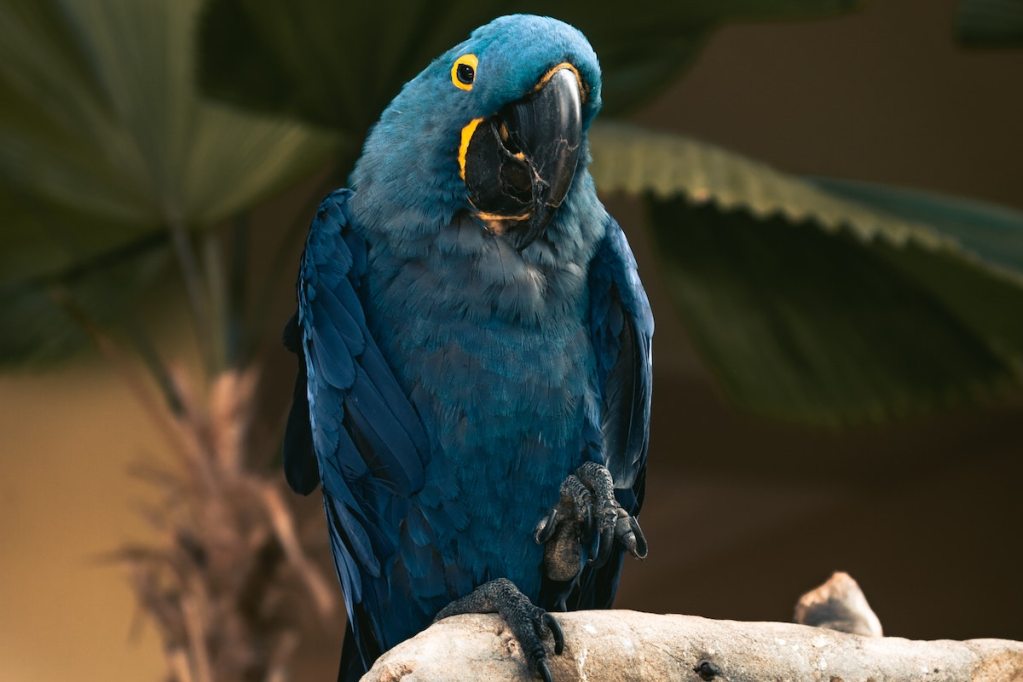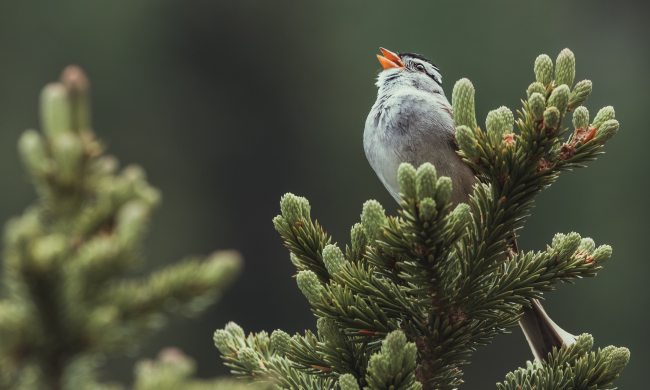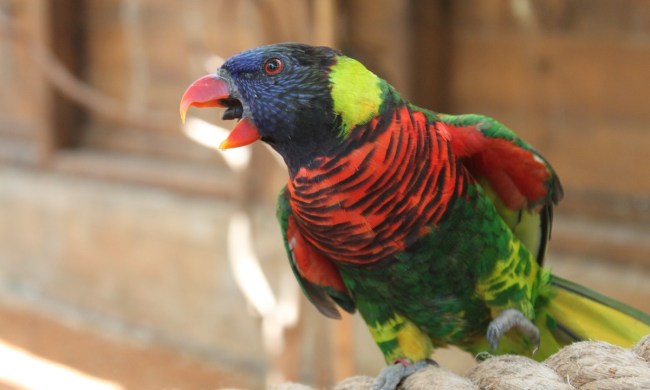While having a dog or cat allows us to enjoy some fuzzy cuddles, as every little kid is disappointed to learn, they can’t ever figure out how to talk. But luckily we are able to bring home a feathered friend who can. There’s nothing quite like teaching a parrot to talk and watching as she discovers more and more words. Some can even learn phrases and meanings, allowing you to have a whole “conversation” with your avian.
This cheeky mom takes parrot talking to the next level. Instead of speaking to her humans, she’s decided it’s time to teach her own kiddos a thing or two. In it, three small babies sit carefully in a basket while mom watches over them (and their human keeps an eye on the brood from behind the camera). The mama takes this opportunity to play a little game with her baby birds and starts up a round of peekaboo. Each time, she leans in to cry “Peekaboo” and then looks at her owner to make sure she did it right. At the end, she laughs at her own silliness.
It’s thanks to u/myztick that we get to see this delightful scene, which was posted to the AnimalsBeingMoms subreddit. Commenters were quick to point out that the babies seemed to enjoy the game, even if they didn’t quite get what was going on. “Look at the one at the top! He’s smiling!” says u/Old-Juggernaut6608. u/Logical_Airline1240 followed that up with “The babies are like ???” noting that they have not yet mastered human speech. Finally, u/pastdense remarks, “This is next level wholesome.” We can’t agree more.

Why can parrots talk?
It’s still something of a mystery why parents can talk while neither man’s best friend nor our primate cousins have mastered anything close to human speech. However, scientists are beginning to crack the code. Researchers like Erich Jarvis have located a part of the bird brain called the song system that allows them to learn the tunes they need to communicate with their own kind. Parrots have a more developed system here and so they can expertly mimic human speech as well. While our avian pals don’t have a deep understanding of the words they speak, they do understand context and grasp that “Hello” is a greeting, much like they would hail a member of their kind with a chirp. Some can even learn to identify different objects and foods, requesting their particular favorites as necessary.
Though not all birds will become as talkative as this little one, you too can teach yours to say a few words, and more importantly, not to say others. If you want a Chatty Cathy, stick to the larger, more developed species as smaller budgies will struggle to learn more than an easy word or two. And remember, raising baby birds is no easy task, best left to the professionals.



